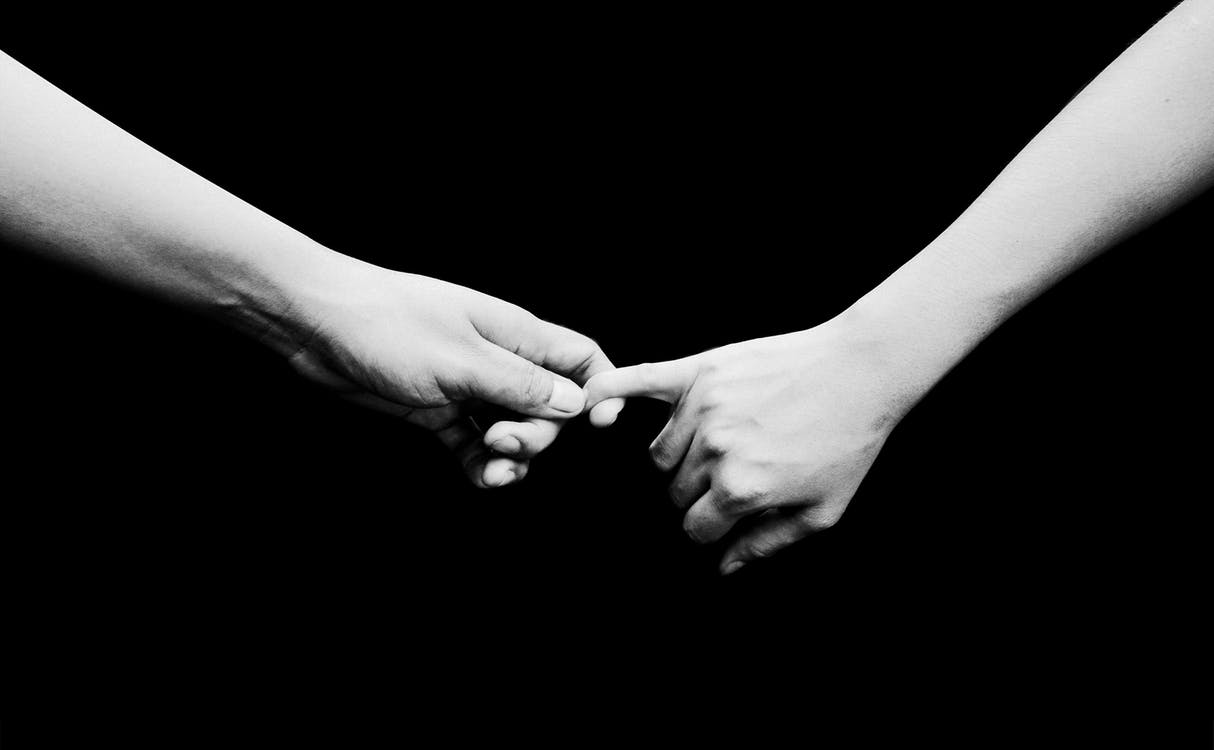This post is also available in Dutch.
At the end of a long hard day at work, sometimes all we need is a big hug. What happens in the brain when we experience touch from other people?
A prolonged embrace, a pat on the back, the caress of a hand—the wordless language of touch has the power to reduce stress, heart rate, and blood pressure. Scientists have long been piecing together what happens in our brains when we experience touch and how it has become an intrinsic player in the social dance of human connection.
Don’t underestimate the effect of simply holding hands. Using electroencephalography (EEG) to record brain electrical activity in 44 couples, researchers discovered that couples who are merely sitting in the same room have more similar brain signal patterns than those who are sitting separately. This similarity in brain activity patterns increases the most when the couple holds hands while one of them experiences pain. Holding the hand of a loved one in pain synchronizes not only breathing and heart rate, but also brain wave patterns. Further, brain-to-brain signal coupling between a couple correlates with a decrease in perceived pain. Scientists suspect that empathic touch may make a person feel understood, which could result in activation of the brain’s pain-killing reward mechanisms.
Other studies have used magnetic resonance imaging (MRI) to examine brain activation patterns during touch. Participants whose arms were touched with an object for a long time had increased brain activity in areas that are involved in tactile sensation and in reward processing. Another study looked at people’s brain activity while being touched by someone who was preoccupied in either a touch task or a listening task. Over time, people’s brain activation was affected by the type of task that the other person was doing.
Touch has substantial social value, influencing our perceptions, well-being, and interpersonal communication. From rats to monkeys to humans, decades of research have revealed that physical contact with others plays a huge role in communicating emotion, attachment, intimacy, and power. We even know that receiving hugs is vital for the development of infants. From a survey of 1,368 people from 5 different countries, scientists have come up with a “map” of the human body with the areas we allow others to touch depending on the degree of intimacy (e.g., friend, mother, significant other, etc.). For social touch, levels of interpersonal relationships are associated with spatial patterns on the body. These patterns physically map onto our bodies in a way that is shared throughout a broad range of countries with varying cultural conventions.
Although physical contact from another person may help someone feel better, others can be much more sensitive to touch, for example, in cases of autism, neuropathy, or hypersensitivity. We’re still not sure about the extent to which touch can influence us and there’s much to be discovered (like: does the same thing happen when my dog licks my hand?). In any case, if a friend of yours is down in the dumps, have a chat and give them a hug—it just might brighten both of your days.
Written by Christienne Gonzales Damatac
Edited by Annelies van Nuland
Translated by Rowena Emaus
